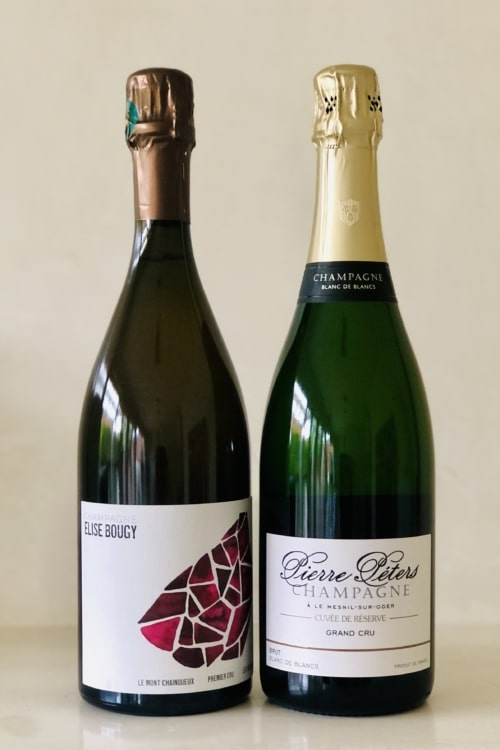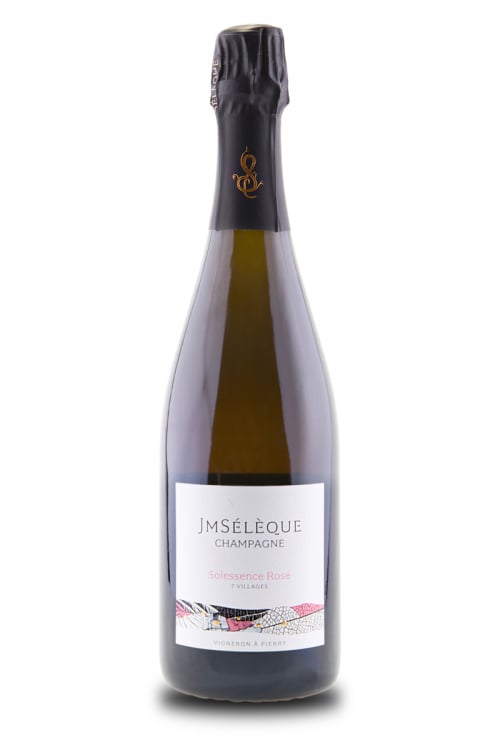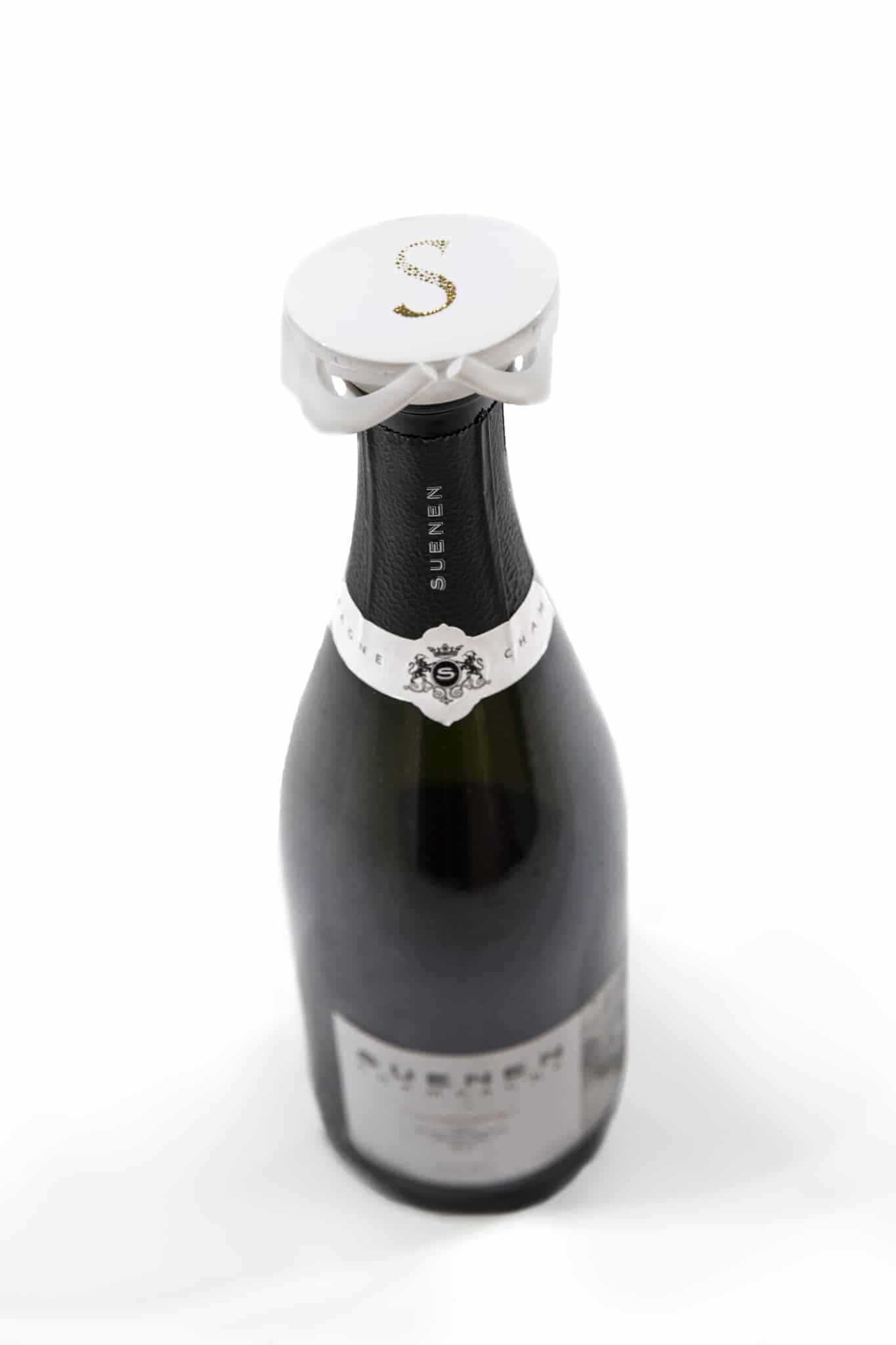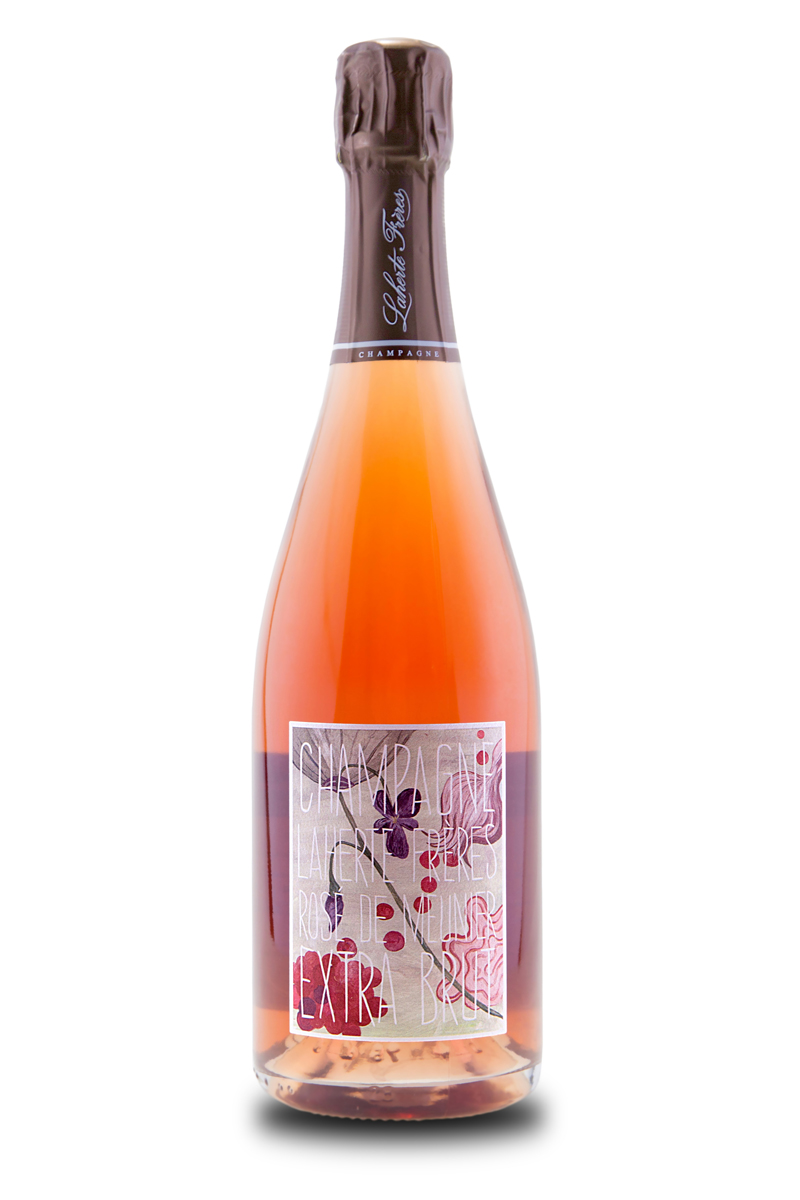Additional information
| Vintage | |
|---|---|
| Bottle Volume | |
| Style | |
| Composition | |
| Dosage | |
| g/L | |
| Season | |
| Region | |
| Subregion | |
| Village - HQ | |
| Village - Grapes Grown | Chavot, Brugny, Épernay, Mancy, Moussy, Vaudancourt, Boursault, Le Breuil, Vertus, Voipreux |
Ready to explore champagne like never before?
Become a member of Australia’s first and foremost Grower Champagne Club / Community and immerse yourself in the world of finely crafted champagne. With a membership.
- Gain unparalleled access to Sally Hillman’s appellation cartography and comprehensive tasting notes (inclusive of food matches, glassware recommendations and much more!)
- Delve into the rich histories of esteemed champagne Houses
- Unlock enlightening lifestyle articles and educational content to elevate your appreciation and knowledge of all things Champagne.
Plus, you’ll enjoy exclusive monthly offers crafted just for our members.
Join now and discover true grower champagne connoisseurship.
Ready to explore champagne like never before?
Become a member of Australia’s first and foremost Grower Champagne Club / Community and immerse yourself in the world of finely crafted champagne. With a membership.
- Gain unparalleled access to Sally Hillman’s appellation cartography and comprehensive tasting notes (inclusive of food matches, glassware recommendations and much more!)
- Delve into the rich histories of esteemed champagne Houses
- Unlock enlightening lifestyle articles and educational content to elevate your appreciation and knowledge of all things Champagne.
Plus, you’ll enjoy exclusive monthly offers crafted just for our members.
Join now and discover true grower champagne connoisseurship.
You may also like…
-

Grower Champagne Club – Champagne Subscription & Membership
Your Champagne adventure awaits. Offering exceptional value and a hassle-free process with no joining fees and no contracts, our Grower Champagne Club is completely tailored to you. Simply select your choice of subscription level and we’ll deliver the very best in grower champagne to your door each month—it’s that easy!From: $12.00 / month Shop Now -

Jm Sélèque Solessence Rosé NV
Stamped with intense minerality and imbued with red fruit and savoury notes, enjoy with salmon sashimi; crisp and flaky traditional spanakopita; a hearty bowl of beef bourguignon served with roast potatoes; or a sliver of Comté to close a meal.$140.00 Enquire Now -

Lehmann P. Jamesse Synergie 75cl
Ultralight HandmadeBox of 6$495.00 Enquire Now -

Sally Hillman Slimline Champagne Stopper
The slimline design means the bottle fits easily back in the fridge and will keep an unfinished bottle fresh and effervescent.$15.00 Buy Now

